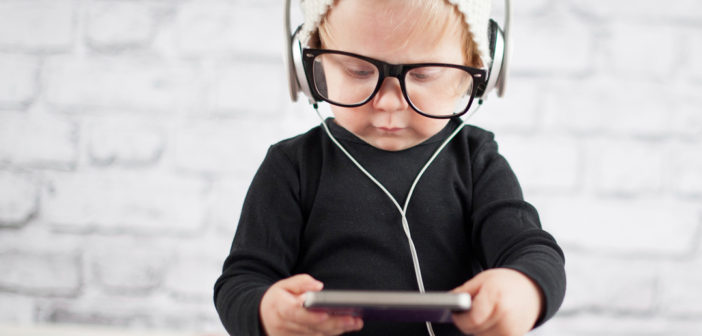By Elliot Gowans, VP EMEA, D2L
Mobile and social platforms have transformed the world, and over the last few years we have seen them have a growing impact on the education sector. Young people are notorious for being attached to their mobile devices, using them to communicate, socialise and, more recently, study. Indeed, a recent report from the YMCA Awards revealed that almost half of students are using smartphones to assist them when learning.
In their day to day lives, students expect fast, easy access to content wherever they are, so it’s no surprise that this is now spilling over into the classroom. They want the flexibility to read, interact and engage in learning activities on the go, and they want to have the option of using platforms they are accustomed to, such as Twitter and Facebook. This is creating a gap between the traditional way of learning and delivering training via the digital tools and devices students expect.
Benefits of mobile
The way students interact and engage with learning materials is rapidly changing. Young people today are enthusiastic and eager to learn, but their lives are busy and often dominated by the mobile device in their hand. Schools are realising this and increasingly looking at ways of exploiting this trend to improve student engagement levels and results. Mobile learning enables students to visualise their workload, stay on top of deadlines, keep up with discussions, and read all of their course notifications wherever they are from their own device, which means they can work at their own pace and spend extra time on areas they need to most.
Mobile learning also offers very real advantages for educators. Teachers want their students to succeed, so adapting how they communicate in a way that maximises engagement will only ever be a positive thing. It’s also important to acknowledge that every student is different. By welcoming mobile technology into the classroom, teachers are able to focus on more personal, adaptive-based learning.
The traditional way of learning, which has often involved one teacher instructing a group of around 20 to 30 students with the same materials and at the same pace, is archaic. Modern-day students are being brought up in a hyper-connected social world where everything they want is at the click of a mouse or the opening of an app, so why shouldn’t this be the same when they’re learning?
Gamification and social media
Mobile technology in education also enables a more interactive gamified learning experience; something that is being widely recognised as an important part of modern day learning. Indeed, we are increasingly seeing gamification, such as quizzing and badges, work its way into classrooms across the country, becoming an integral part of education at all levels.
Take quizzing, for example. By offering students the opportunity to take quizzes on their mobile devices when they’re away from the classroom, teachers can see their responses in real time, giving them the flexibility to assess progress and adapt their learning there and then. These activities have the potential to turn an otherwise routine learning exercise into a creative activity that can motivate students to work harder and provide teachers with valuable insight into student performance.
Social media is also playing a role in the classroom as it accounts for a large portion of online smartphone activity, making it a key communication channel for education. Using social-like activity feeds, for example, can enable teachers to share content and information with students in a format that both parties are comfortable with, which will encourage and motivate their learners.
More than ever, students are demanding an experience that’s built around them, saves time and makes things easier. For teachers to reach every learner in this new reality, it demands technology that makes it easier to personalise learning and build engaging experiences both in and out of the classroom.
D2L is a software provider that makes learning experiences better. The company’s cloud-based platform, Brightspace, is easy to use, flexible, and smart.





